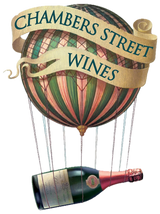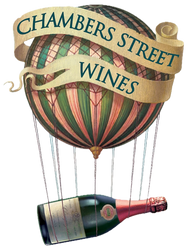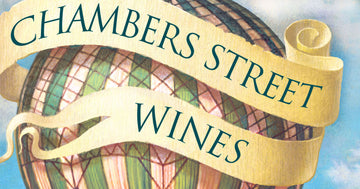The Sublime Terroir of Riceys as Told By Olivier Horiot
3/30/2022

Oliver Horiot and Denyse Louis of LDM in the vines. (Photo courtesy of LDM and John Kafarski.)
The center of gravity in Champagne skews decidedly northward. Montagne de Reims, La Valée de Marne and Côte des Blancs are spoken of more frequently and likely more glowingly, than Sézanne, Montgueux, and Côtes de Bar/Aube. But there’s serious terroir in those hills and valleys of southern Champagne if you look. It’s no secret that some of the most compelling developments in Champagne are coming from the Aube. The area has a long history with a fame derived from its still red wines and even a game-changing rosé grown in the marls and Kimmeridgian limestone soils, which have more in common with Chablis than the Marne or Montagne de Reims.
This Rosé des Riceys—from the village of the same name straddling the border of Champagne and Burgundy—is made in tiny quantities by a handful of growers only in warm vintages. Famously a favorite of the Sun King Louis XIV, this has more in common with a red wine than most rosés. First, the wine is intended for cellaring; typically it is released after a long élevage. A master of the genre is vigneron Olivier Horiot, who not only produces two single-vineyard Rosé des Riceys, but luminous Champagnes and a startlingly mineral Coteaux Champenois white.
With family roots in vine growing dating to the 1600s and a father and grandfather who sold their grapes to the cave cooperative, Olivier Horiot decided to vinify independently as well as work organically with some biodynamic methods. Blessed with established vines in distinctive terroir, Olivier initially decided to make only Rosé des Riceys and Coteaux Champenois before complementing the still wines with sparkling wines in 2004. With 8 parcels of different terroirs, Olivier decided to bottle some separately: south-facing En Valingrain’s lighter marl lends more precision and finesse, while the heavier clays and eastern and south-eastern exposure of En Barmont contribute more richness and generosity. And though Rosé des Riceys is already a somewhat esoteric wine, bottling two different cuvées shows Horiot’s commitment to terroir.
-John McIlwain


